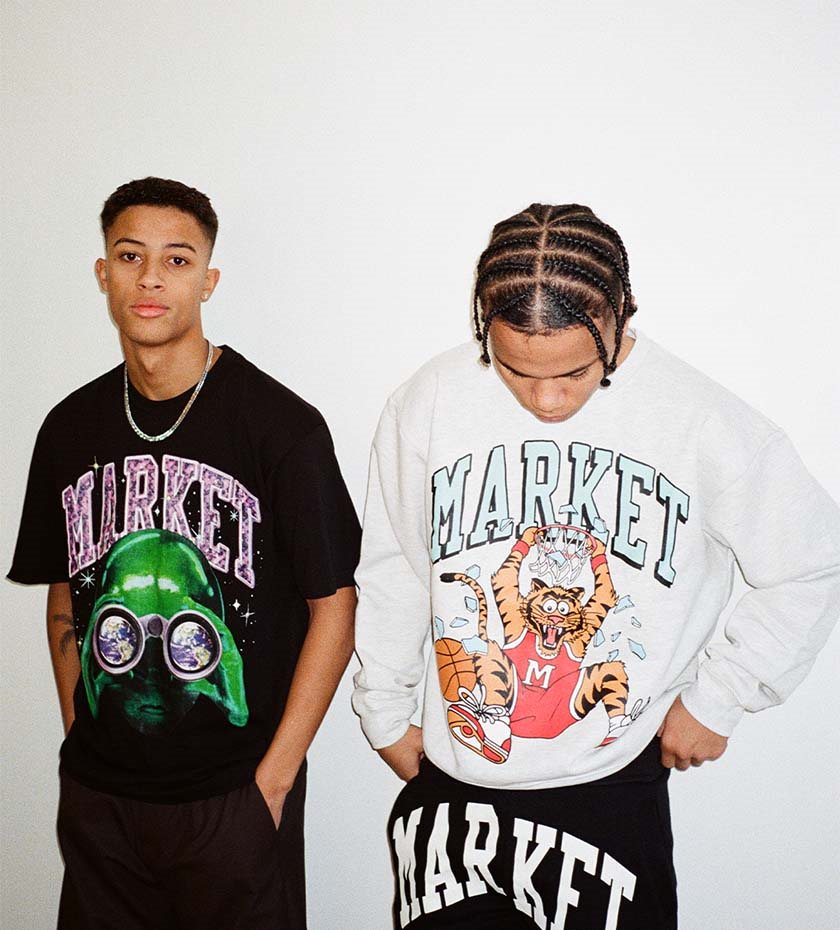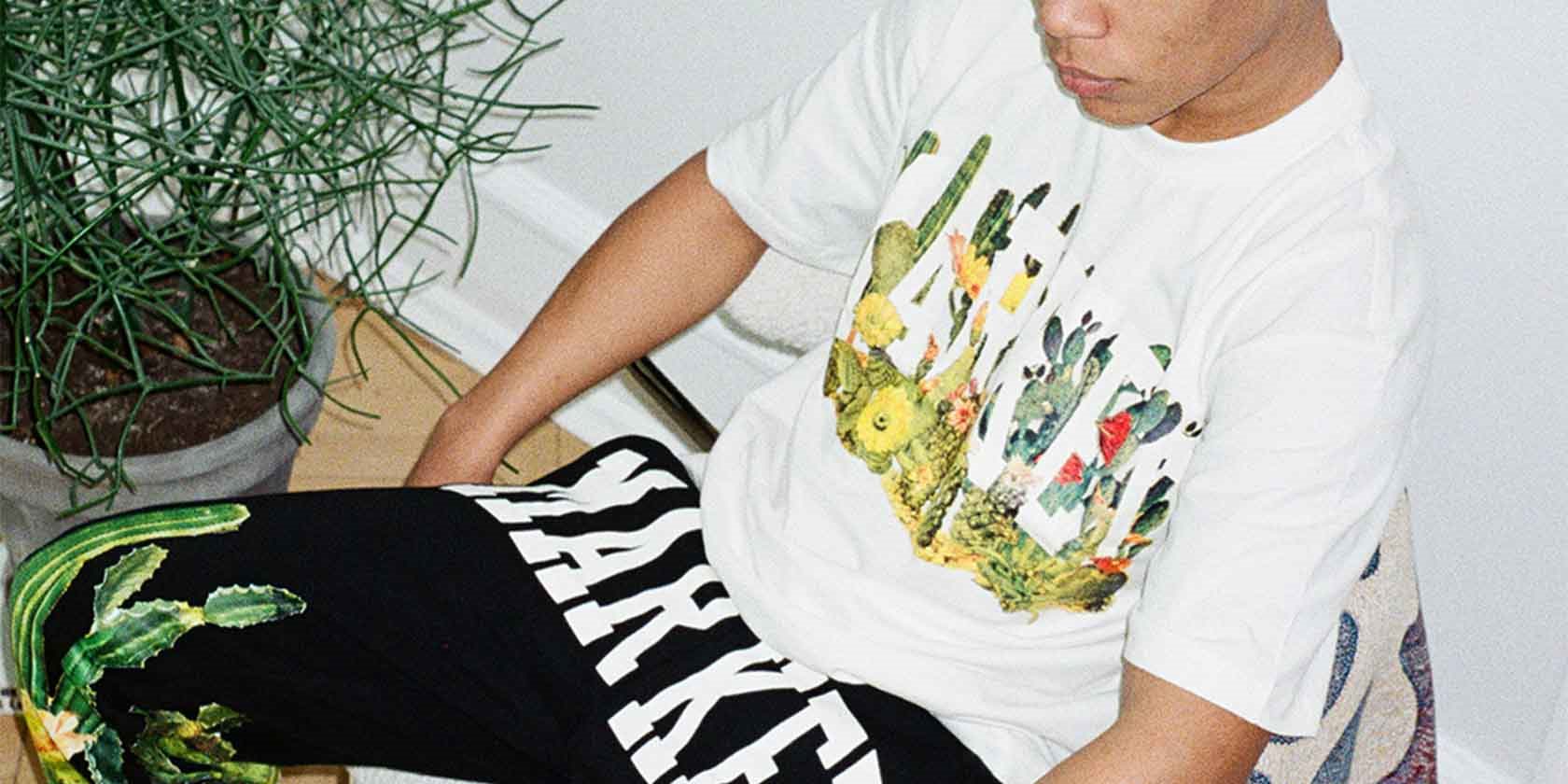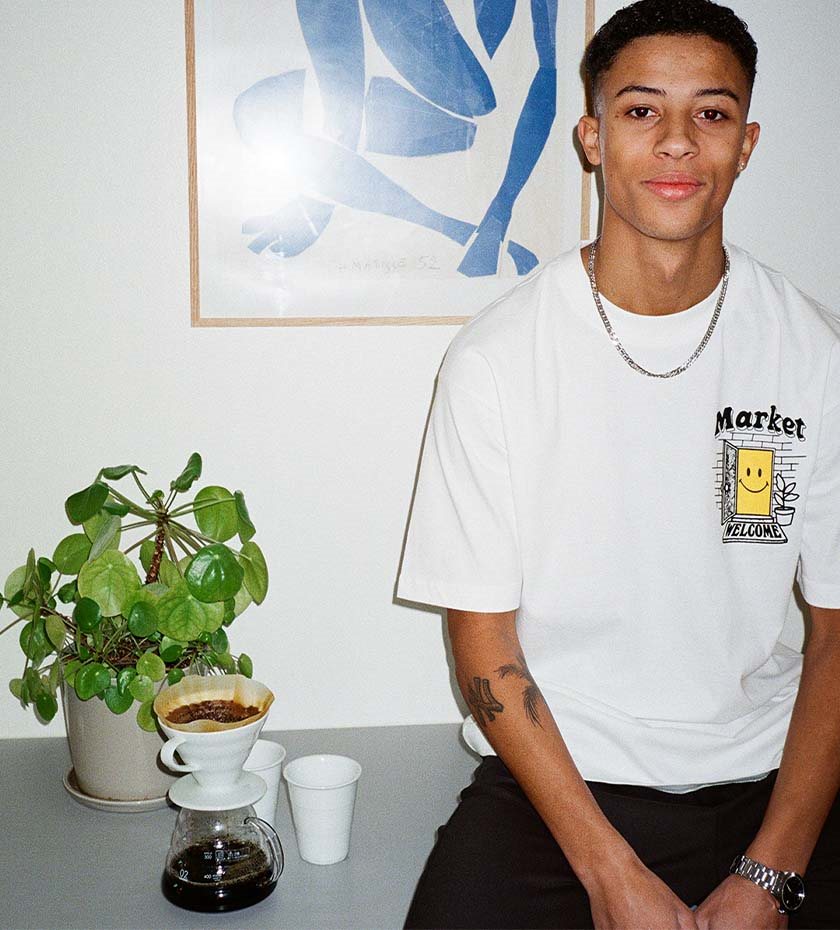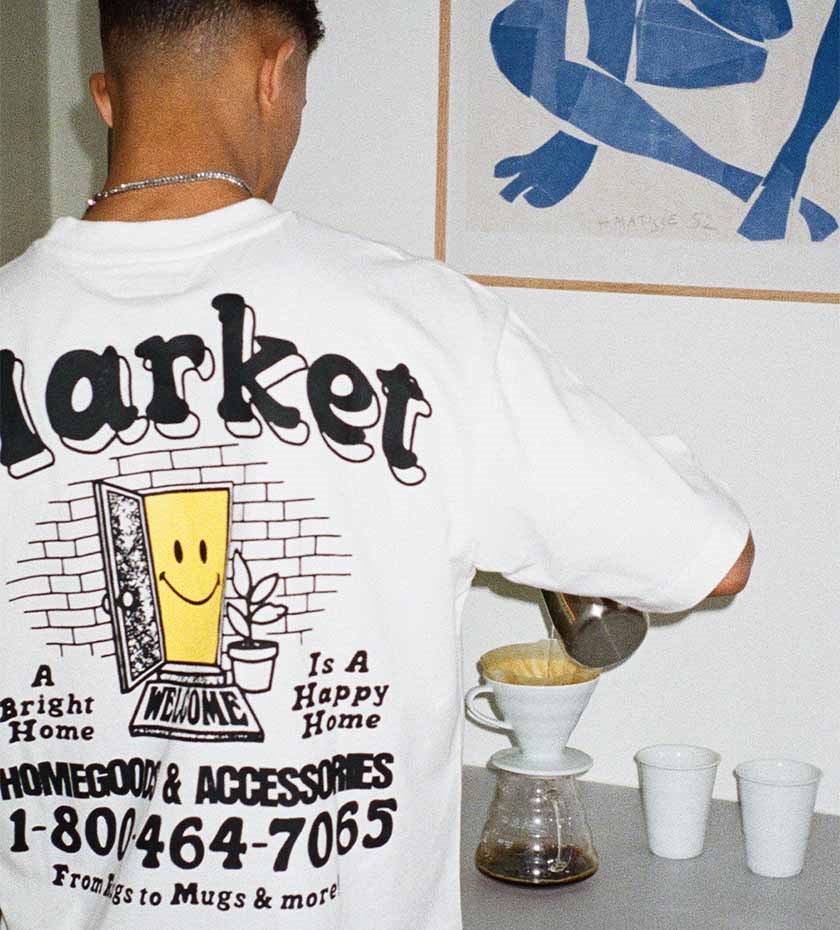When Chinatown Market changed its name

Can you own a name?
Who really owns a name? And is it really a good idea to put a lot of effort into a name? Can you own a name? And can you profit from it without consequences? It turned out not to be the case for the Chinatown Market brand, which was forced to change its name last year. Not because they had been by the numbers, but simply because it was necessary if they wanted to survive in the fashion industry.
Let's take it from the beginning for those of you who don't know the background of Chinatown Market.
Chinatown Market was founded in 2016 by Mike Cherman, who wanted to name his newly established brand after his New York City roots. Actually, his first thought was for the brand to be called Canal Street Market, but that name was already taken up in the meantime, so he ended up with the name Chinatown Market - another area of New York that Canal Street actually runs through. This choice would prove to have consequences a number of years later.
Fast forward to late 2020, early 2021. There had been rumours circulating for some time about an impending name change. Some speculated for a while that it might be a PR stunt or to keep the hype around the brand alive that a rumour was started about changing the name, but it soon became clear what the underlying reason was.

After a somewhat turbulent time, with accusations of racism and cultural appropriation, among other things, in response to a series of racially motivated hate crimes against Asians in the US, Mike Cherman and his team recognised that a name change was necessary to ensure the brand's future existence - and to stand by the name itself.
Back in March 2021, Mike acknowledged the criticism the brand had received from "the Asian American community", saying "it should have been done sooner, but it's never too late to do it right". As a kind of band-aid, part of the profits from the products bearing the Chinatown Market name sold from March onwards, until the new Market styles hit the market, have been donated to non-profit organisations working with the AAPI community in the US (AAPI is an English acronym for "all people of Asian, Asian American, or Pacific Islanders with roots in Asian regions and countries").

Why Market?
In the months between March and the announcement of the new name, the team behind it worked hard to establish a new name, logo, adaptation of styles and so on in a way that would continue to preserve the original universe of the brand. The name Market was chosen to retain part of the old name and because the brand and the team behind it see themselves as a kind of marketplace where creativity, friendship, social interaction and the internet come together. In the process, several other names were floated, but either they didn't ring true or the rights to the name couldn't be secured.

Chinatown Market, as we know, started out bootlegging and copying big, established brands - both as a design strategy, but also as a loving provocation to be used to italise the brand. And even though they've changed their name, there's still a small, provocative, hidden nod to the more established put into the logo. The R in Market is made as a kind of trademark logo. That logo represents products that are registered trademarks in the US. The use of this particular character in the logo is a classic Mike Cherman manoeuvre, and one that shows that the identity remains in the brand and its universe, even though it has changed name. When you register a trademark, you do so to ensure that no one else shares it. But Market wants people to share; share culture, share ideas, share creativity, share whatever can be shared to create an interaction and a community. Through the logo, Mike Cherman tries to convey openness and the benefits by globalisation and the spread of culture across borders, rather than looking at the negative effects of world and contemporary social developments.
I wonder if the "r" is also a small comment on some of the earlier Chinatown Market products, which were a bit too inspired by products of established companies, which were perhaps registered trademarks. Who knows?
At least something suggests that the name change really has been an eye-opener both socially responsible and creatively for Mike Cherman and his team, so in retrospect there may have been a point to the choice from the outset not of Canal Street Market but Chinatown Market, later to become Market. The first styles under the Market name can be shopped in stores and on the webshop now.